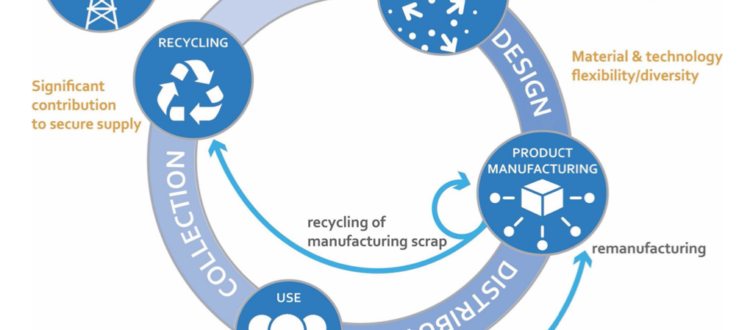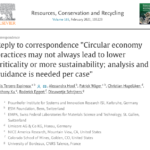Links between Criticality and the Circular Economy
Tercero Espinoza, Luis et al. 2020. “Greater Circularity Leads to Lower Criticality, and Other Links between Criticality and the Circular Economy.” Resources, Conservation and Recycling 159: 104718.
Society requires a stable and secure supply of raw materials. Raw materials supply stability and security are, amongst others, addressed by the concept of raw materials criticality, which focuses on the vulnerability of an economic unit (most commonly a country or region, but also the world, specific sectors, companies or products) to supply restrictions of certain mineral raw materials. The idea of keeping materials in the economic cycle for longer is specified in the Circular Economy (CE) concept, which encompasses efforts that reduce waste and improve material efficiency. So far, CE beyond recycling has not played a prominent role in the criticality debate. At the same time, critical raw materials (CRM) have only been a minor topic in the discussion on CE. If properly aligned, criticality assessments might help in defining priority materials for the CE, and circularity strategies could substantially mitigate supply risks. In this paper, we explore the potential benefits, as well as caveats, of adopting a CE approach to CRM, based on our own experiences and our discussions organized by the IRTC (International Round Table on Materials Criticality) project.




